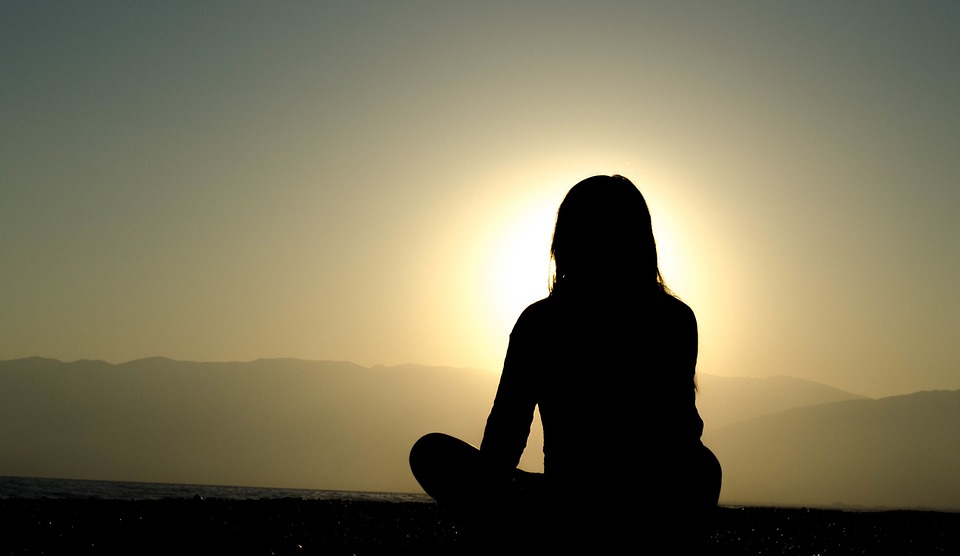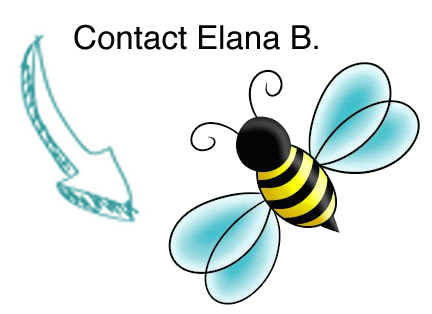Are you interested in learning how to meditate? If so, keep reading to learn more!
Meditation is a simple and life-transforming skill that can help you relax. Additionally, it can enhance your inner understanding, reduce stress, bring clarity, and help develop your potential in many areas of your life.
Objectives of Meditation
There are various methods of practicing meditation. Each method depends upon your objective. One of the common objectives of meditation is to acquire a tension free, relaxed, happy and peaceful state of mind so that you can face the day-to-day challenges of life, relationships, work, business or the stress of bill paying in a more creative, balanced and objective manner. Another objective of meditation may be purely spiritual, to develop divine awareness or a relationship with God, or simply spiritual virtues in your life that helps you feel a sense of peace.

Meditation for Beginners
1. Choose a calm and peaceful environment
- Find a nice quiet place where you won’t be disturbed for fifteen minutes or longer. Remember: one second may feel like one minute or more in the beginning. Feel free to start with shorter periods of practice in the beginning and slowly increase the time spent in your practice.
- Sit down, relax breathing in and out deeply, and rest your hands on your lap in a relaxed position.
- You can sit cross-legged with the support of a meditation cushion, or on a sturdy chair with your feet resting comfortably on the ground.
- It is not necessary to force yourself into a lotus position if you are not accustomed to it.
- Don’t force your breathing; let it come naturally.
Regardless of how you sit, it is important to maintain the natural curve of your back. That means no slouching. If you have chronic back or leg problems and cannot sit for a prolonged period of time, there are other meditation positions you can try.
2. Breathe slowly and deeply
- Close your eyes gently. Don’t force or tighten your eyelids.
- Direct your closed eyes downwards.
- Begin by taking a few slow and deep breaths — inhale with your nose and exhale from your mouth. After some practice, you can even try three-part breathing: Breathe deeply into your stomach, then into your diaphragm, and then chest. Upon exhale, reverse this order.
- Don’t force your breathing; let it come naturally.
- The first few intakes of air are might seem shallow (or if you are overdoing it… loud), but as you allow more air to fill your lungs with each breath, they will gradually become deeper and fuller. Take as long as you need to breathe slowly and deeply.
3. Be relaxed but conscious of what you are doing (awareness)
- When you are breathing deeply, you will begin to feel calmer and more relaxed. Keep your focus on your breathing. Simply let go of everything else. This will help you to focus on your current practice as well as the now.
- Be aware of each breath that you take in through your nose. Be mindful of each breath that you exhale with your mouth. Continue focusing on your breathing.
- If you find your attention straying away from your breaths, bring it back. It may happen many times. Don’t be discouraged. What’s important to realize is that your thoughts have wandered. It is very natural to find this happening in the beginning. With meditation you are learning to calm your mind and thoughts.
- As you develop greater focusing powers, you will find it easier to concentrate.

4. Ending your meditation session
- When you are ready to end the session, open your eyes and stand up slowly
- Stretch your hands above you and then relax forward at the waist letting your hands and arms hang loosely. Repeat this. (If this is hard on your body, sit in a chair and just relax forward).
- Next, turn gently to the right, bringing your left arm in front of you and let it relax on your right leg as you gently twist and place your right arm behind you. You can hold this position for a few breaths, as long as it is comfortable.
- Next, turn gently to the left, bringing your right arm in front of you and let it relax on your left leg as you gently twist and place your left arm behind you. You can hold this position for a few breaths, as long as it is comfortable.
- Lift your shoulders and gently roll them backwards, or you can gently lift them and then bring them back into normal position. Do not hold the position when you lift your shoulders; just bring them up and slowly let them relax back into position.
- Now stretch your arms above you again, reaching for the sky and let them gently fall to your side. Do this one to three times.
Tips for the best results when starting out:
- If it’s cold, put on a warm, loose sweater and sweat pants.
- Find a quiet time of day to meditate. Wake up prior to the loud sounds of the city or before your kids awake so you can have some you time to meditate.
- Use guided meditation CD’s as meditation tools. For beginners, audio guided meditations provide step-by-step instructions that help introduce meditation in an easy and non-intimidating way. Remember, do not stress wondering if you are doing everything correctly. Just relax and follow the directions. These tools, which you can also find on Youtube, may include music, or take you on a tour of something to help you relax. They also help give you something to focus on.
- Make sure that you don’t have an empty stomach or a completely full stomach. Make sure there is something in your stomach, but not so much that you feel distracted or cramped while sitting is best when meditating. The same thing goes with drinking water: Just enough but not too much. Try to eat healthy foods prior to your meditation practice.
- Some people find it easier to meditate with soft music or other relaxing sounds in the background; others prefer total silence. If you belong to the first group, choose appropriate music that helps you calm down and yet won’t distract from your practice. Some examples are sounds of nature such as rain and ocean waves, traditional deep sleep music, as well as classical music or contemporary meditation music. The choice of music or lack thereof, is entirely a matter of personal preference. Experiment and see what works best for you.
- Use a meditation timer. It tells you your time is up without you having to think about it constantly. You can use the timer on your mobile phone which makes it nice and easy; just make certain that you have the sound off on your cell phone so that you are not disturbed while meditating. Also, make sure the alarm is not a jarring sound so that you are not rudely startled when it goes off. Make sure to lower to light on your cell phone, or turn it over so there are no distractions.
- You may benefit from practicing alone or with a few individuals you are close with. They may be at the same level of meditation as you or they may be more advanced. Remember that there is no competition with the art: It is simply a practice that is here to help you be your best self.
- If guided meditation does not work perfectly for you, or if you are worried to try it with your eyes closed the first time, you can try using a lit candle to focus on. Engaging your senses in this way, or on a walking meditation is also another option.
People experienced in the art of meditation may also benefit from guided meditation programs. There are different perspectives and approaches that might have escaped one’s awareness. Meditation focuses on centering the mind to bring about calmness and clarity. Once you have accustomed yourself with the process, meditation is incredibly peaceful for the mind.
As there many types of guided meditation available, it is important to find the type that you feel will work best for you. The Healing Waterfall series is great for deep relaxation. When first beginning, it might be easier to use UCLA’s free guided mediations for calming anxious nerves. No matter what your objectives are, you are likely to find a guided meditation that suits your needs. In fact, you can even reach out to local meditation groups!

Once you’ve mastered breathing meditation, you can choose to continue or try other meditation techniques. Yoga is another great means of relaxation that is beneficial for your overall body. There are many types of meditation techniques that can help you to develop calmness as well as better thinking skills. When you can remain calm and relaxed, especially in a stressful situation, it is much easier to make better decisions.
So the next time you’re stressed or presented with a tough decision, if you have been practicing meditation, use your slowed breathing to help you focus. It can truly bring a sense of clarity to life. Seek a variety of calming, meditative processes and find what suits you best.
Namaste!
Consult your doctor before using any health treatment, plan, or activity — including herbal supplements and natural remedies. Also, tell your doctor if you have a serious medical condition or are taking any medications. The information presented here is for educational purposes only and is in no way intended as substitute for medical counseling.
About the Author: Elana B. is an award-winning writer, speaker, and internationally published author. As a writer and ghostwriter she has written hundreds of stories from shorts to books to screenplays.
A gifted storyteller, Elana B.’s new children’s series, Too Terribly Busy and the “Too Terribly” Series of books, teach in a fun, creative way some of the most important lessons in life. Through this entertaining series of books, children will learn morals, manners, how important it is to achieve goals, as well as conflict resolution. Sneak peek of the first story in the new series:
More by Elana B. and other related articles:
Signs of Depression and How to Feel Good Again
30 Minutes of Physical Activity
The Feel Good Way to Better Health…Endorphins
Medical Conditions and Triglycerides
5 Tips to Help Improve Relationships
Natural Ways to Reduce High Blood Pressure
Other great articles:
8 Benefits of Regular Exercise






